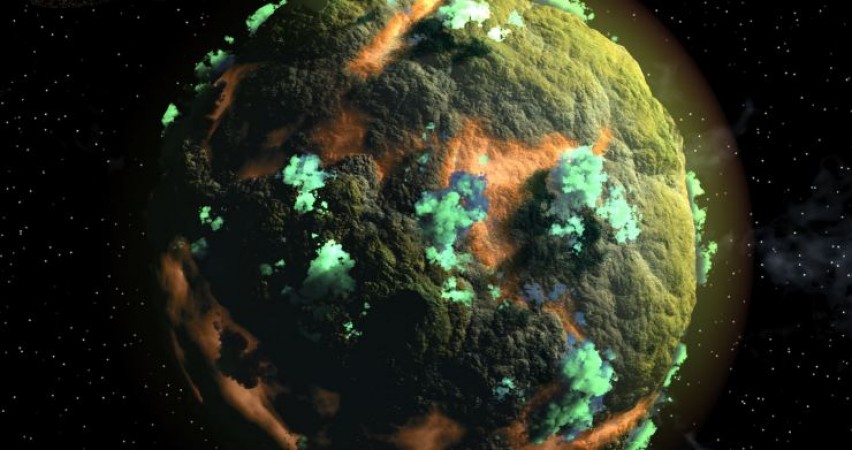
Researchers announced Monday that the James Webb Space Telescope had measured the temperature of a rocky exoplanet for the first time and discovered that an exoplanet "cousin" of Earth most likely lacks an atmosphere.
The temperature of a rocky exoplanet was measured for the first time by the James Webb Space Telescope, revealing that an exoplanet that is a "cousin" of Earth most likely lacks an atmosphere.
The system was an natural target for the Webb telescope's piercing gaze, which has since released its initial observations in July of last year, unleashed a torrent of scientific discoveries.
Because it was the most visible, astronomers concentrated on Trappist-1b, the planet that is closest to the red dwarf.
In what is referred to be a secondary eclipse, Webb's Mid-Infrared Instrument (MIRI) detected the shift in brightness as the planet slipped behind its star.
The planet emits the greatest light just before it vanishes behind the star because it almost entirely displays its "day" side, according to Elsa Ducrot, a co-author of a recent study published in the journal Nature, who spoke to AFP.
The scientists determined how much infrared light the planet was emitting by deducting the star's brightness.
As a result, the MIRI instrument might function as "a gigantic touch-free thermometer," according to a statement from NASA.
The phrase "perfect for baking pizza"
The planet's dayside temperature was calculated to be 230 degrees Celsius (450 Fahrenheit) -- "just about perfect for baking pizza," NASA stated.
The heat was not spread across this "cousin" of Earth, according to France's Atomic Energy Commission (CEA), which is typically accomplished by an atmosphere.
As a result, according to Ducrot, a CEA astronomer, the researchers determined that Trappist-1b "had little or no atmosphere." She emphasized that additional wavelengths would need to be examined in order to verify the finding.
But it was certain that the atmosphere did not
"In a single eclipse, The James Webb saw it!"
She continued, "A new era" in the study of planets outside our Solar System has begun with the ability to analyze the probable atmospheres of such rocky exoplanets.
It was already known that Trappist-1b was inhospitable, as it is too near to its star.
However, it is believed that Trappist-1e, Trappist-1f, and Trappist-1g are all in the "goldilocks zone."
Planets in this region may host liquid water, which is thought to be necessary for life anywhere, due to their temperate temperatures.
IT Minister Ashwini Vaishnav said "India will launch its own ChatGPT!"
WhatsApp working on new Audio Chats feature on Android App
Databricks promotes an open-source chatbot as a less expensive ChatGPT substitute.